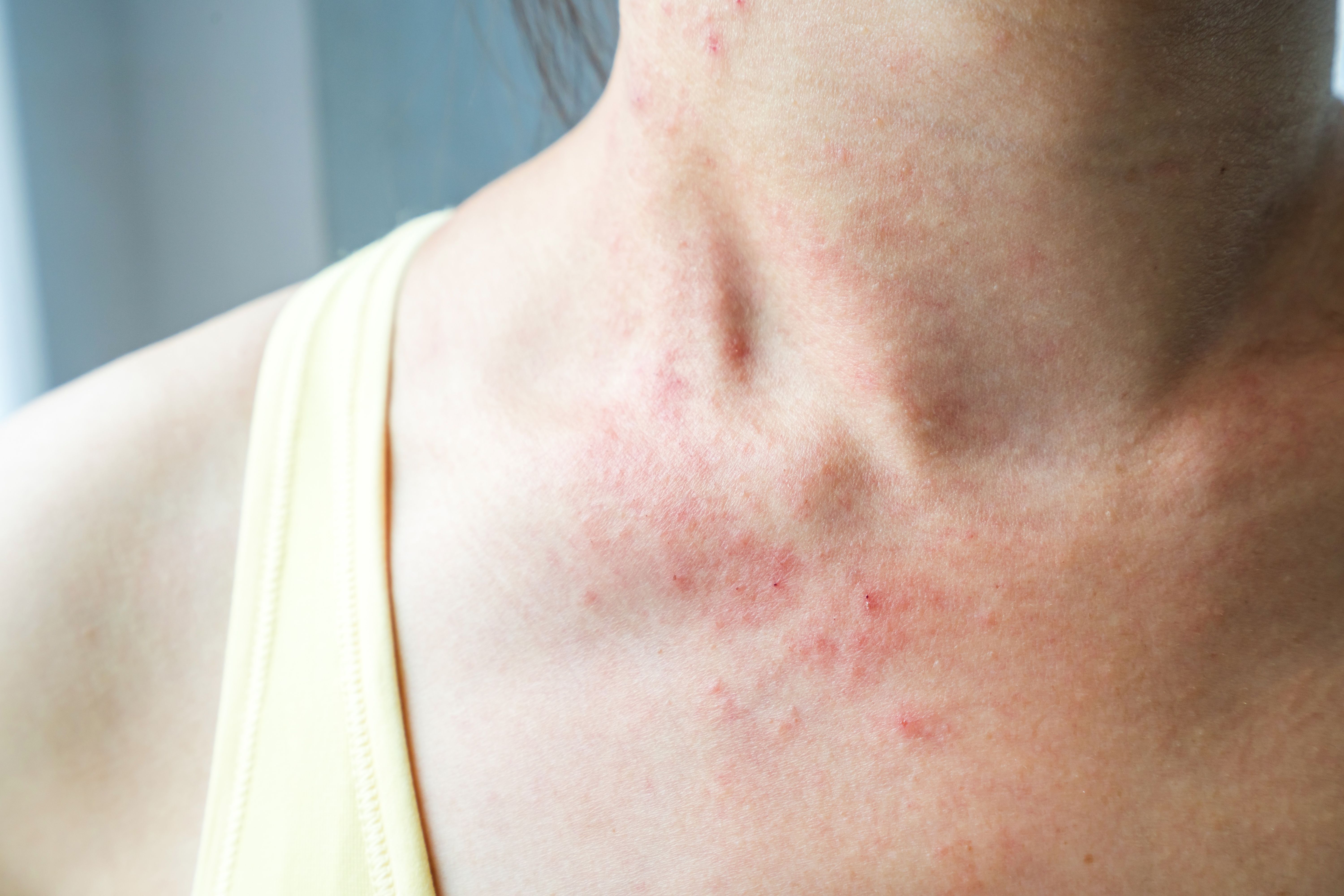- Acne
- Actinic Keratosis
- Aesthetics
- Alopecia
- Atopic Dermatitis
- Buy-and-Bill
- COVID-19
- Case-Based Roundtable
- Chronic Hand Eczema
- Chronic Spontaneous Urticaria
- Drug Watch
- Eczema
- General Dermatology
- Hidradenitis Suppurativa
- Melasma
- NP and PA
- Pediatric Dermatology
- Pigmentary Disorders
- Practice Management
- Precision Medicine and Biologics
- Prurigo Nodularis
- Psoriasis
- Psoriatic Arthritis
- Rare Disease
- Rosacea
- Skin Cancer
- Vitiligo
- Wound Care
Article
Vulvar Dermatoses: How to Address Acute Chronic Itching in Female Patients
Author(s):
Amanda Stanton, PA-C, discusses the importance of including vulvar exams in your routine skin checks, and navigates through various treatment options during her presentation at the current New Wave Dermatology Conference.
Amanda Stanton, PA-C, lead APP of colorectal surgery at Mayo Clinic in Jacksonville, Florida, discussed how to address acute chronic itching in female patients and what you should know to determine the right treatment option in a session at the current New Wave Dermatology Conference, in Coral Gables, Florida. Stanton was previously a PA in gynecologic surgery at Mayo Clinic.
When a patient comes in with vulvar itching, it’s all about asking the right questions, Stanton said. Is it present in the actual vulva? Is it in the introitus? Is it at the mucosal level? While you will not be performing a full vaginal exam, you should always be checking the vulva of your female patients in cases of chronic itching.
Vulvar itching is common in female patients at every stage of life, from adolescence through menopause, and it can severely impact quality of life. Sex may become painful. Over time, it can also lead to feelings of insecurity, low self-worth, and negative self-talk.
Inflammatory vulvar dermatosis—occurrences that are irritating the vulva that aren’t caused by something going on in the vagina—can be addressed at a general exam. The most common, Stanton said, is lichen sclerosis, causing itching of the genital skin. It is most common, Stanton said, in pre-menarche and postmenopausal women, or patients with autoimmune disorders. This patient population is most commonly impacted by vulvar dermatoses, and report itching, irritation, and burning and tingling sensations in the vulva.
Determining the location of the acute chronic itching is key to successful treatment, Stanton said.
The external area of the skin—on the labia majora and labia minora—are like the dermis, but the internal layers are much more sensitive. The skin inside of the vulva shifts from cutaneous to mucosal, making it far more susceptible to skin irritants and trauma.
Stanton recommended a high-potency steroid, such as clobetasol, for treatment in most cases. Official recommendations for the schedules, frequency, when to taper patients down, and initial treatments differ, but Stanton recommended a high-potency steroid, applied to the vulva nightly, for the first 4 weeks, then every other night for 4 weeks. The tissue needs to be treated and the inflammation needs to be taken care of, she said.
Stanton recommended against immunosuppressive topical testosterone, vulvectomy, laser therapy, and topical estrogen.
“It’s important to remind patients to practice vaginal hygiene, and to stop the itching and scratching cycle, so the underlying tissue can heal. That’s the most important part,” Stanton said.
Reference:
- Stanton A. Vulvar Dermatoses: What’s Up Down There? Presented at: New Wave Dermatology Conference. April 28-May 1, 2022. Coral Gables, Fl.
Newsletter
Like what you’re reading? Subscribe to Dermatology Times for weekly updates on therapies, innovations, and real-world practice tips.













